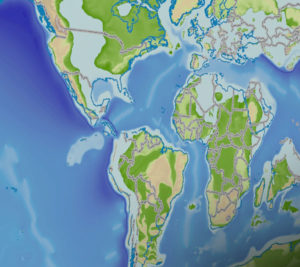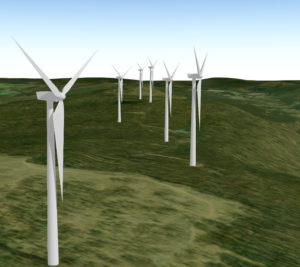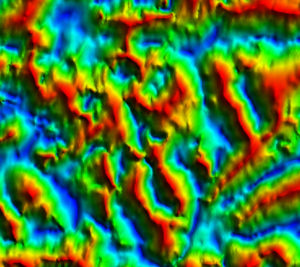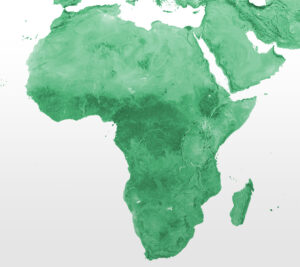
As part of her project studies during the summer of 2020 for the Imperial College Petroleum Geoscience MSc, and sponsored by the Getech Group, MSc student Asifa Kamboj successfully conducted a play assessment and prospectivity analysis of the Valencia Trough and the Gulf of Lion in the Western Mediterranean.
The area of interest is an underexplored region off the east coasts of Spain and France: stretching from Valencia in the south to the French port town of Marseille in the north and the Balearic Islands of Majorca and Menorca, to the east.
Since 1970, many oil fields have been developed in the area, including Casablanca, Boqueron and Rodaballo, with Casablanca accounting for nearly half of the total recovered oil and gas.
Asifa’s MSc project used a combination of 2D seismic & well data, literature and the wealth of information contained within Globe, a geoscience knowledge-base for ArcGIS created by Getech which provides invaluable information about evolutionary history through more than 300 million years.
Using these data, Asifa conducted hydrocarbon prospectivity analysis of two main plays: the established Mesozoic carbonates and the potentially prospective Pleistocene sandstones.
Work was completed using Petrel and ArcGIS alongside Exprodat’s software extensions (Data Assistant and Exploration Analyst), in order to perform industry standard play fairway analysis workflows.
The analysis of the two plays generated common risk segment maps based on source presence and effectiveness; reservoir presence and effectiveness and seal presence and effectiveness.
The project’s subsequent yet-to-find analysis predicted future potential for the Mesozoic play, with risked estimates predicting a fifty percent chance (P50) of finding total recoverable reserves of up to 650 MMboe.
However, the project concluded that before exploration decisions can be made, key uncertainties would need to be further investigated: namely source maturity alongside trap presence and effectiveness.
Asifa recommended that petroleum systems modelling and geochemical analysis would provide further insight into the source maturity while the use of 3D seismic data would help de-risk trap.
To review the project in more detail, simply provide your email address below to view the project poster:










